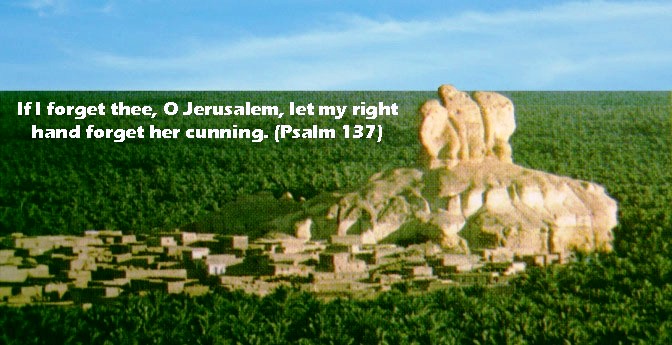Author: Admins
-
Hebrew: meaning and etymology
It is generally agreed that (ăpăr), in ancient Hebrew, denotes dust and similar material.
-
Meaning of Qatar & Qatraye
The name “Qatraye” is derived from “ܩܵܛܹܪ/qāṭīr” which means: “Line”.
-
Identifications of biblical sites
No biblical sites can be identified with high degree of certainty, only few identification can be considered proven beyond a shadow of a doubt. [01] One reason is that Emperor Constantine, the first Roman emperor to convert to Christianity, sent his mother Helena, in 320s, to travel to the Levant to identify Biblical sites. Helena…
-
Swadesh 207 list
“Swadesh list” is a compilation of basic vocabulary items used in historical linguistics to compare languages and their relatedness.This list was originally compiled to focus on the core vocabulary, the items most likely to persist in a language over the millennia.Swadesh collection of words was also intended to avoid borrowing, based on the idea that…
-
History, Archaeology & linguistics
Toponymy has traditionally been understood as a part of linguistics, but historians and archaeologists have been interested in it, as well.
-
Cat & Cut.. a lost semantic relationship
“Onomastics” refers to the intellectual endeavor of studying names of all kinds, including animal names. There are two specialized branches of Onomastics: Toponomastics (study of place-names) and Anthroponymy (study of personal names). Here is an attempt to explore a possible descriptive content of the name: “Cat”. qăṭ (قط) is an ancient Arabic verb, it means: “to cut”. [q]…
-
Specific & Generic
Many toponyms are composed of ‘SPECIFIC’ and ‘GENERIC’ elements (or forms).
-
Toponymic processes
There are identifiable processes which occur over time to place names, and which alter the place names in such a way that their original meanings are lost.
-
Sources for toponyms
A common question about toponyms concerns their origin. We can identify at least five common sources for toponyms.
-
Toponymic motivations
Toponyms as more than mere labels, they represent a narrative of survival and community formation in a landscape marked by socio-economic challenges.
